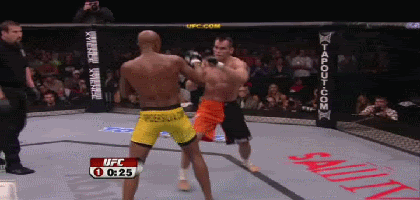Flying Crane
Sr. Grandmaster
And with all that said, observe a boxer taking down multiple attackers at once;
He's using the skills he learned in a sport, but those sport attributes could be easily translated into a self defense situation. Those attributes and skills were developed through consistent heavy sparring.
how do you know he's a boxer? He could be wing chun, or shoalin, or shotokan, or tang soo do, or just gifted with his hands.
Last edited by a moderator:


